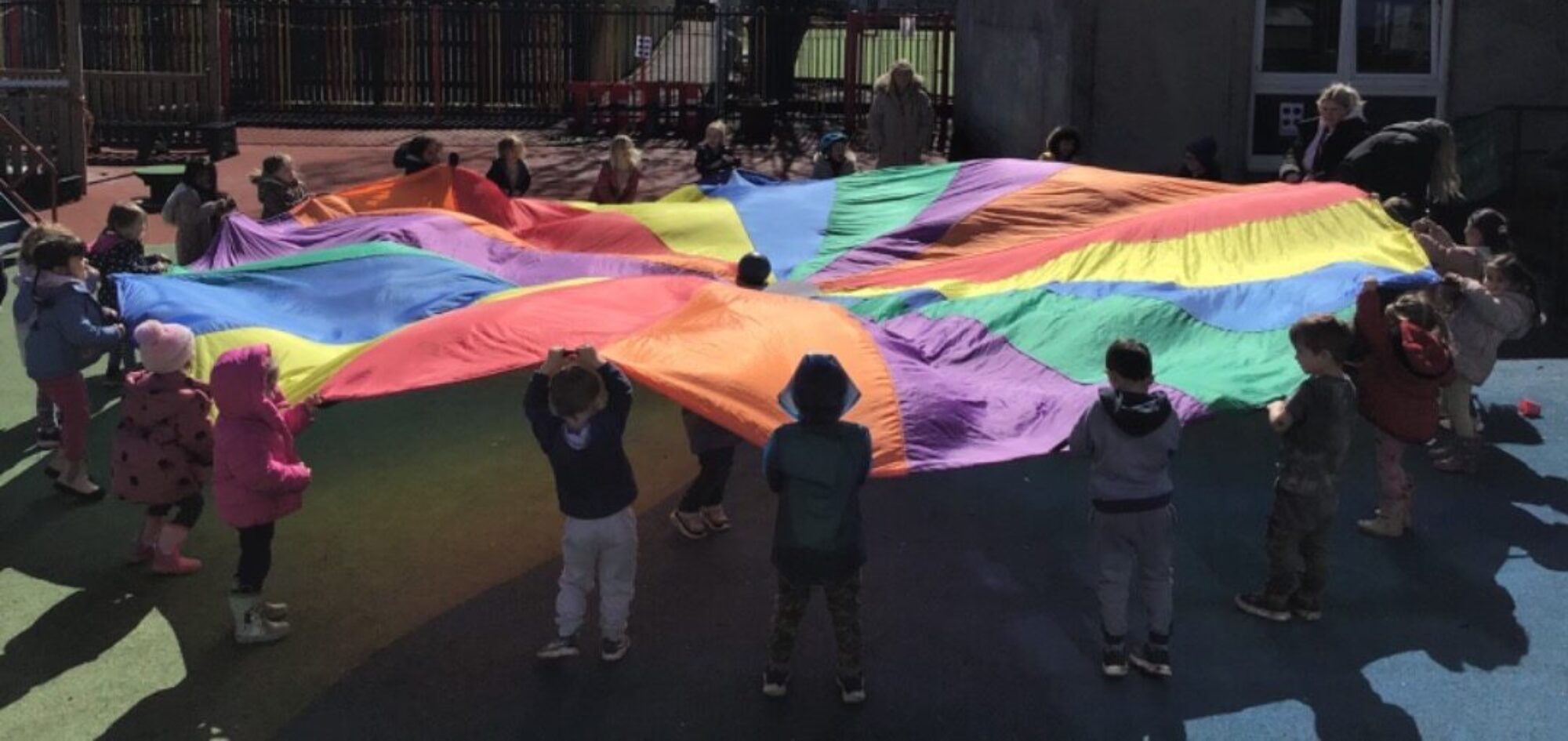What are Loose Parts?
‘Loose Parts’ is the term, coined by architect Simon Nicholson, for open-ended materials that can be manipulated in different ways: moved, combined, taken apart or reassembled. Cardboard, bottle caps, rocks, wire, and spools are just a few examples: the possibilities are endless. By offering children loose parts to manipulate, they have an opportunity to create, work, and play on their own terms, exploring what is most interesting to them. Loose parts can be big or small, but what matters most is that they draw users in, to interact and play.
Loose parts create richer environments for children to play, giving them the resources they need to do what they need to do.
Loose parts aren’t prescriptive and offer limitless possibilities. A stick, for example, may become a fishing rod near real or imaginary water, a spurtle in a mud kitchen, a tool to nudge a football that is stuck in a tree; it can be thrown, floated, snapped, pinged, bent, hidden, added to a pile, burnt, tied to something else, split, catapulted or discarded. Static, unchanging play spaces do little for children whereas environments which can be manipulated, where things move and can be moved open worlds of possibility. At a beach, for example, there is an abundance of water, sand, stones, rocks, smells, sights, vistas and textures which enable children to be highly inventive and creative in their play.
To find out more about loose parts play and its benefits for children click on the links below.
Inspiring Scotland – Loose parts play toolkit
‘Loose parts play is highly engaging for children’
Play Scotland – Loose parts play leaflet
Play Scotland – Loose parts play poster


